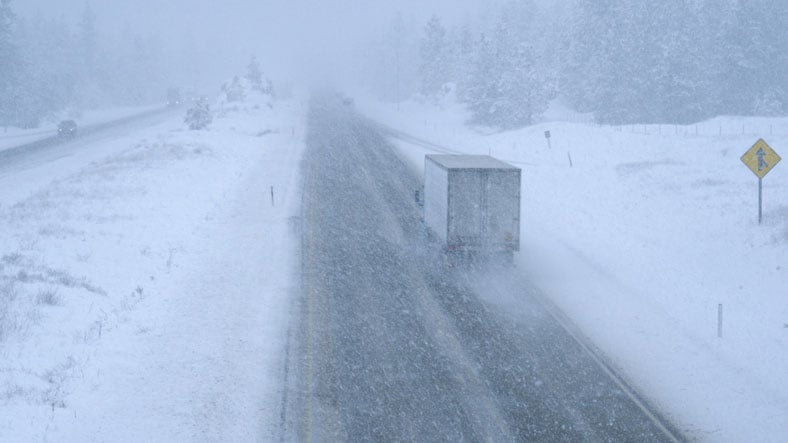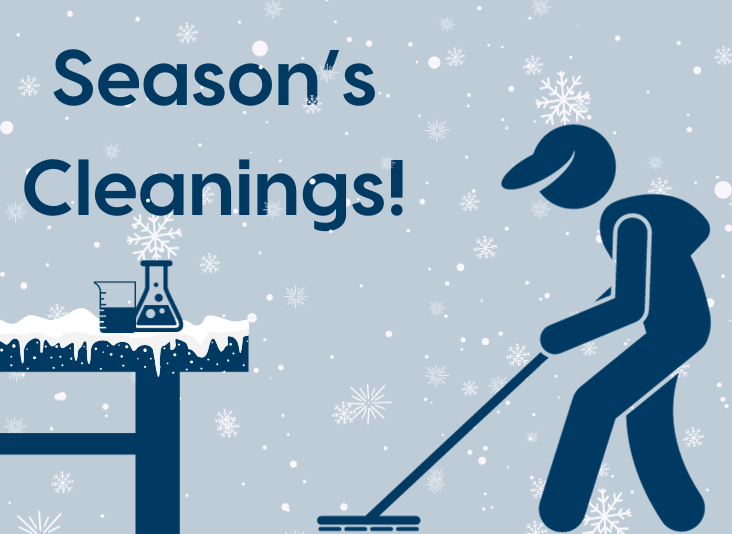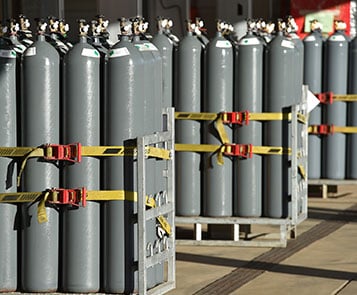5 OSHA Standards to Include in a Standard Operating Procedure
The United States Occupational Safety and Health Administration (OSHA) exists to ensure the health and safety of employees in the work environment. Since many establishments have decentralized or outsourced environmental, health, and safety (EHS) departments, OSHA compliance has become a complicated process. Staff responsible for fulfilling OSHA's regulations should stay aware of regulatory updates, ensure that Standard Operating Procedure (SOP) guidelines are being followed, and manage training records for all applicable employees.
Below are 5 commonly cited OSHA safety standards that you should make sure to include in your facility's SOP.
Respiratory Protection
Subpart I of the OSHA General Industry regulations covers the minimum requirements for personal protective equipment (PPE) worn by employees for protection against physical and chemical hazards in the workplace. This Subpart includes PPE standards for eye, hand, foot, head, and respiratory protection, and a general standard relating to all PPE which discusses the issues of care, maintenance and use, selection, training, and job safety analyses. Respiratory protection requirements are established to prevent work-related diseases caused by breathing air that is contaminated with harmful dusts, fogs, fumes, mists, gases, smokes, sprays, or vapors.
Respiratory protection programs must describe:
- Procedures for the selection of respirators for use in the workplace
- Medical evaluations of employees required to use respirators
- Fit testing for respirators
- Proper use of respirators during routine and emergency response situations
- Procedures and schedules for cleaning, disinfecting, storing, inspecting, repairing, and discarding respirators
- Procedures to ensure adequate air quality, quantity, and flow of breathing air for self-contained breathing apparatus (SCBA)
- Training of workers about hazards, proper donning/doffing, and limitations of use
- Procedures for the regular evaluation of effectiveness of the program
Personal Protective Equipment
As mentioned earlier, Subpart I of the OSHA General Industry regulations establishes minimum requirements for PPE. Employers must purchase and provide PPE and ensure that it is used wherever “hazards of processes or environment, chemical hazards, radiological hazards, or mechanical irritants are encountered in a manner capable of causing injury or impairment in the function of any part of the body through absorption, inhalation or physical contact.”
OSHA PPE standards state that in order to determine whether and what PPE is needed, the employer must assess the workplace to determine if hazards are present, or may become present, which will necessitate the use of PPE. Based on that assessment, appropriate PPE must be selected that will protect the affected worker from the identified hazard(s). A written assessment of hazards as well as training and PPE decisions should be included in your SOP.
Hearing Conservation
29 CFR Subpart G covers the OSHA noise standard which establishes the acceptable limits of noise employees may be exposed to during a workday. If an employee complains about any of the issues below, your facility may have areas that exceed the permissible noise levels, and a hearing protection program might be necessary:
- Ringing or humming in ears after the employee has left work
- An employee is not able to be heard by a coworker who is an arm’s length away
- Temporary hearing loss after leaving work
Electrical Wiring and Systems Design
OSHA’s Electrical standard listed in Subpart S includes, but is not limited to, these requirements:
- Electrical equipment must be free from recognized hazards
- Listed or labeled equipment must be used or installed according to any instructions included in the listing or labeling
- All electrical equipment operating at ≤ 600 volts must have sufficient access and working space provided and maintained around it to permit safe operation
- Ensure that all electrical service near sources of water is properly grounded
- Tag-out and remove all damaged receptacles and portable electrical equipment from service
- Repair all damaged receptacles and portable electrical equipment before placing them back into service
- Ensure that workers are trained not to plug or unplug energized equipment when their hands are wet
- Select and use appropriate work practices
- If you are using flammable liquids or combustible dusts or powders, you may need to follow requirements for electrical safety in Hazardous Classified Locations
- Make sure that all electrical cords in your labs are in good condition. If you have any frayed or damaged cords, you need to immediately replace these before equipment resumes operation. If researchers are using extension cords and/or plug strips to reach electrical outlets, your labs may be in violation of OSHA’s requirements. Extension cords should never be used as a method of permanently wiring fixed equipment.
Emergency Action Plans
OSHA safety standards require Emergency Action Plans (EAPs) to train employees and contractors on what to do when emergency spill response is required. Emergencies can include fires, explosions, chemical releases, civil disturbances, hurricanes, tornadoes, and earthquakes – to name a few. Your SOP should include:
- Procedures for reporting a fire or other emergency
- Procedures for emergency evacuation, including types of evacuation and exit route assignments for each type of exit method
- Procedures to be followed by employees who remain behind to operate critical plant operations before their evacuation
- Procedures to account for all employees after evacuation
- Procedures to be followed by employees performing rescue or medical duties
- The name or job title of every employee who may be contacted for more information about the plan or an explanation of their duties under the plan
Need more help creating SOPs for your organization and maintaining OSHA compliance? Our safety experts are skilled at assisting our clients with various areas of their SOPs, including assistance with training, safety audits, emergency response, and more. Contact one of our experts below.






